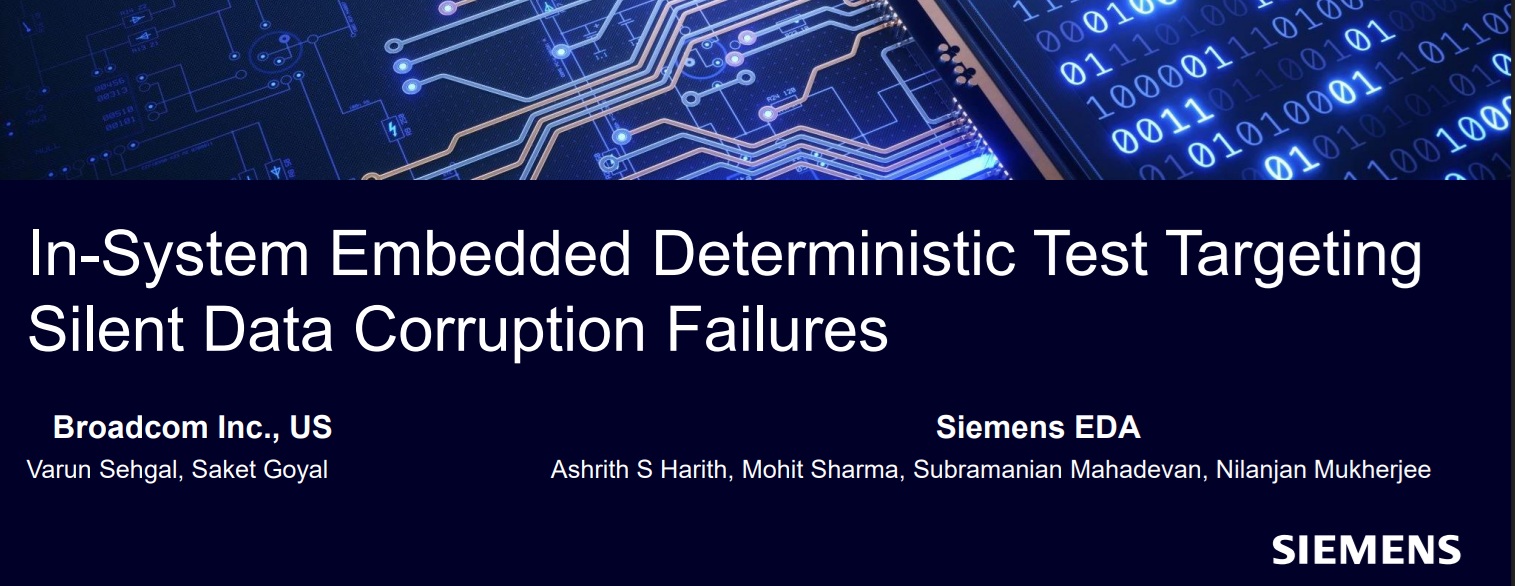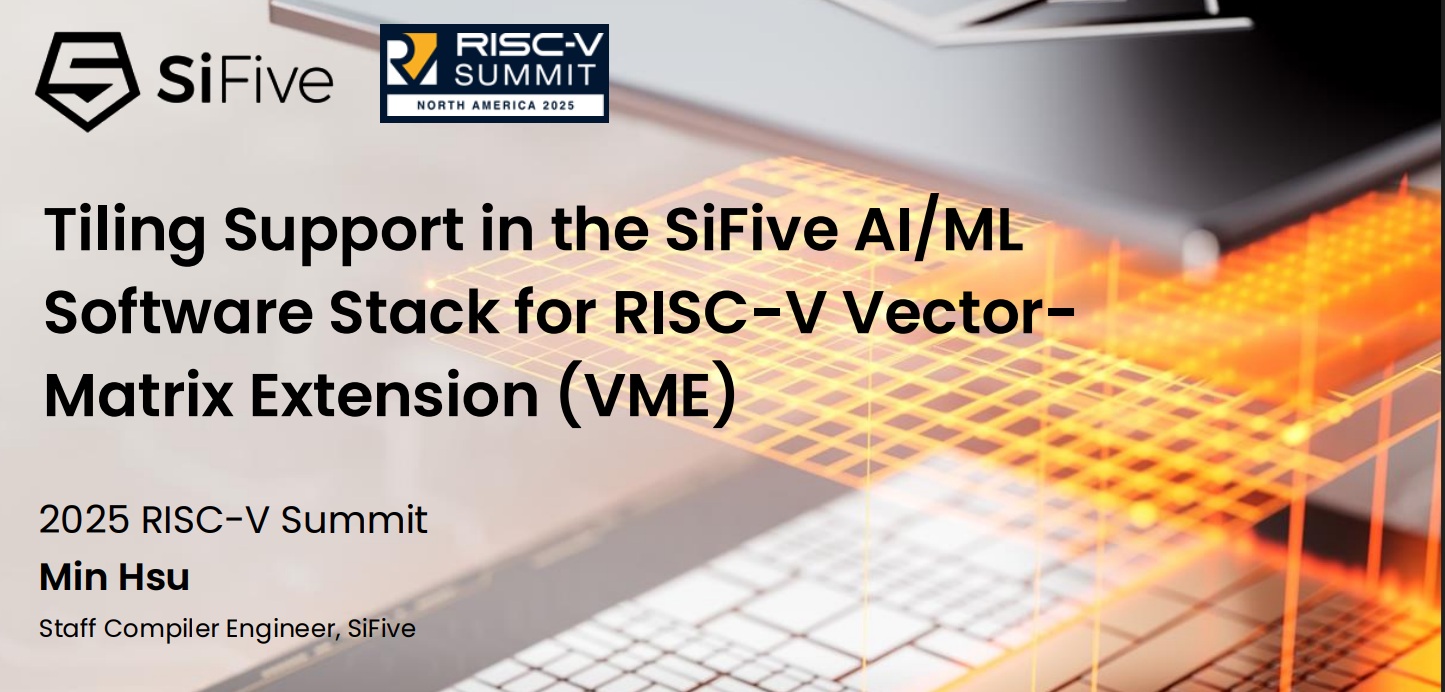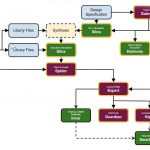The intricacies of analog IP circuit design have always required special consideration during physical layout. The need for optimum device and/or cell matching on critical circuit topologies necessitates unique layout styles. The complex lithographic design rules of current FinFET process nodes impose additional restrictions… Read More
 Revolutionizing Hardware Design Debugging with Time Travel TechnologyIn the semiconductor industry High-Level Synthesis (HLS) and…Read More
Revolutionizing Hardware Design Debugging with Time Travel TechnologyIn the semiconductor industry High-Level Synthesis (HLS) and…Read More Addressing Silent Data Corruption (SDC) with In-System Embedded Deterministic TestingSilent Data Corruption (SDC) represents a critical challenge…Read More
Addressing Silent Data Corruption (SDC) with In-System Embedded Deterministic TestingSilent Data Corruption (SDC) represents a critical challenge…Read More TSMC's 6th ESG AWARD Receives over 5,800 Proposals, Igniting Sustainability PassionTaiwan Semiconductor Manufacturing Company has once again demonstrated…Read More
TSMC's 6th ESG AWARD Receives over 5,800 Proposals, Igniting Sustainability PassionTaiwan Semiconductor Manufacturing Company has once again demonstrated…Read More Tiling Support in SiFive's AI/ML Software Stack for RISC-V Vector-Matrix ExtensionAt the 2025 RISC-V Summit North America, Min…Read More
Tiling Support in SiFive's AI/ML Software Stack for RISC-V Vector-Matrix ExtensionAt the 2025 RISC-V Summit North America, Min…Read More TSMC based 3D Chips: Socionext Achieves Two Successful Tape-Outs in Just Seven Months!Socionext’s recent run of rapid 3D-IC tape-outs is…Read More
TSMC based 3D Chips: Socionext Achieves Two Successful Tape-Outs in Just Seven Months!Socionext’s recent run of rapid 3D-IC tape-outs is…Read MoreKey Takeaways from the TSMC Technology Symposium Part 1
TSMC recently held their annual Technology Symposium in San Jose, a full-day event with a detailed review of their semiconductor process and packaging technology roadmap, and (risk and high-volume manufacturing) production schedules.… Read More
Internet of Things Augmented Reality Applications Insights from Patents
US20150347850 illustrates an IoT (Internet of Things) AR (Augmented Reality) application in a smart home. A smart home IoT device communicates via a local network to a user AR device (e.g., smartphone) for providing the tracking data. The tracking data describes the smart home IoT device. The AR devices can recognize the smart… Read More
How HBM Will Change SOC Design
High Bandwidth Memory (HBM) promises to do for electronic product design what high-rise buildings did for cities. Up until now, electronic circuits have suffered from the equivalent of suburban sprawl. HBM is a radical transformation of memory architecture that will have huge ripple effects on how SOC based electronics are … Read More
Can Qualcomm avoid repeating Motorola’s fate?
NPR had an interesting guest this morning: Edward Luce, author of “Time to Start Thinking: America in the Age of Descent”. I’m not about to turn SemiWiki into a politics blog, but there is some precedent in the technology business. I’ve caught myself saying more than once recently that “Motorola is no longer the company I worked 14… Read More
Custom IC Design Flow with OpenAccess
Imagine being able to use any combination of EDA vendor tools for schematic capture, SPICE circuit simulation, layout editing, place & route, DRC, LVS and extraction. On the foundry side, how about creating just a single Process Development Kit (PDK), instead of vendor-specific kits. Well, this is the basic premise of a recent… Read More
Data Security Predictions for 2016!
2016 has come and with it some of the greatest challenges we have ever faced in the data security industry. Data breaches run rampant, encryption is dead, big security companies rake in billions in consulting fees selling fear and today’s large corporations have no other option than to shell out good money after bad on old … Read More
Autonomy at Odds with Security
It’s funny that we all now believe that Google got the automated driving ball rolling. The reality is that the government started it all with the Defense Advanced Research Projects Agency (DARPA) and its famous DARPA Grand Challenge, which consisted of three tests (in 2004, 2005 and 2007) of driverless cars in different driving… Read More
5 ways IoT can improve healthcare
The Internet of Things has applications that range all the way from automated manufacturing, to controlling the temperature of residential air conditioners. One particular area where IoT is hugely beneficial, is in the medical equipment industry.… Read More
VC Apps Tutorial at DVCon 2016
We might wish that all our design automation needs could be handled by pre-packaged vendor tool features available at the push of a button, but that never was and never will be the case. In the language of crass commercialism, there may be no broad market for those features, even though you consider that analysis absolutely essential.… Read More





Quantum Advantage is About the Algorithm, not the Computer